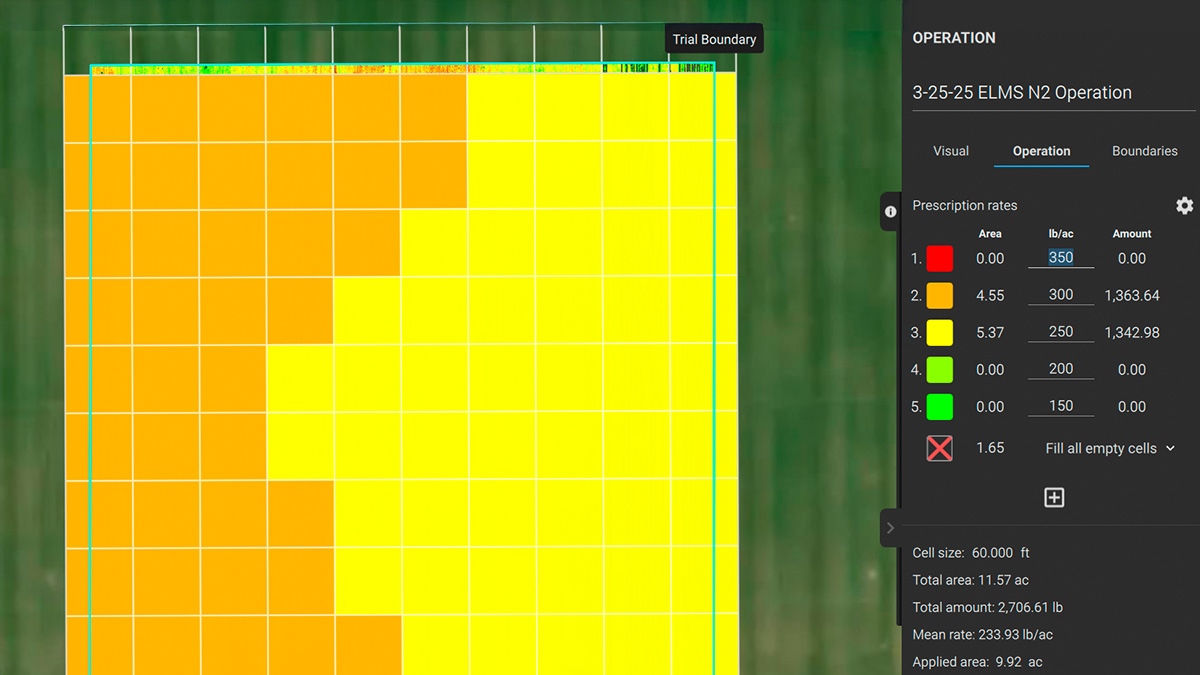6 more stories about drone mapping
The following stories are from some of the most interesting people in the industry - and they were shared in detail at the first Pix4D User Conference.
Saving 70% - or more - compared to traditional methods
When tasked with mapping an interstate highway expansion project, Chinook Landscape Architecture slashed 70% - or more - off the cost of traditional methods.
| Presenter | Jon Altschuld |
| Company | Chinook Landscape Architecture |
| Located in | Denver, Colorado |
Presenter Jon Altschuld says the key challenge with the project was geohazard mitigation - rockfalls.
Traditional surveying methods involve geologists rappelling down the rockface, and combining pen-and-paper notes with LiDAR data. It’s no wonder new techniques offer dramatic savings.
Working with the geotechnical engineers, Jon developed a robust workflow to collect very detailed and accurate photogrammetry data of these large, complex, and difficult to reach vertical structures. The workflow also converts the resulting data for use in 3D modeling programs where Jon models proposed design features and mitigation measures. These models can then be converted for use in specialized rockfall analysis software.
Teaching the future of photogrammetry
What can you learn from teaching future photogrammetrists?
| Presenter | Joseph Cerreta |
| Institution | Embry-Riddle Aeronautical University |
| Locations | Embry-Riddle Aeronautical University has more than 135 locations in the United States, Europe, Asia and online |
A fully accredited university, Embry-Riddle is also a major research center, seeking solutions to real-world problems in partnership with the aerospace industry, other universities and government agencies. Students compare and contrast the UAS-collected methods with Pix4D to traditional methods to understand the potential time and cost savings - and apply what they learn to hands-on projects.
Joseph discussed the future of photogrammetry and the advantages of bringing Pix4D into the classroom.
Underground mine inspection with 3D models and a unique drone
You may have seen this story already. But have you seen the Elios 2 in action?
| Presenter | Nicolas Rey |
| Company | Flyability |
| Sneak peek | Find out more about this story |
Underground mines present a unique set of challenges. Before now, they were almost impossible to map with drones. Nicolas discussed the challenges - and success of the project.
From a derelict quarry to a public park
With rocks dislodged from its 25 meter (82 feet) high slopes, the historic quarry was a risk for workers and the public. Civil Geotechnical Consultants helped turn it from a hazard into a public park.
| Presenter | Ian Thompson |
| Company | Civil Geotechnical Consultants |
| Ground-breaking | This project is believed to be the first of its kind in Australia |
Faced with imminent risk of further rock falls, local authorities asked Civil Geotechnical Consultants to map the old quarry.
Ian explains: “Historically, geological mapping of these sites required work to be undertaken using rope access and abseiling up and down the cliff face. This is hazardous work, not only for the person undertaking the mapping on the face, but also for members of the public who may be struck by a falling rock should one be dislodged from the face during mapping.”
Using photogrammetry instead of ropes was an important step on the road from derelict quarry to public park.
Successfully modeling bridges in 3D
Bridges can be complex structures, and difficult to access. Barritt Lovelace from Collins Engineers spoke about how they have created successful digital twins of bridges throughout the United States.
| Presenter | Barritt Lovelace |
| Company | Collins Engineers |
| Sneak peek | Discover a use case from Collins Engineers |
Barritt explains: “Modeling 3D structures as complex as bridges is difficult but we have been successful. Using digital twins of our transportation assets is fundamentally changing the way we perform inspections.”
Using Pix4D has helped the company tackle other tricky topics: documentation and client communication.
Habitat restoration in San Diego, California
Restoring wetland habitats takes years of work, around 450,000 cubic yards of beach-quality sand - and a drone.
| Presenter | Brady Richmond |
| Company | Coastal Frontiers Corporation |
| Learn more | Discover The San Elijo Lagoon Restoration Project |
Coastal Frontiers Corporation is a small consulting firm that specializes in the related disciplines of coastal engineering, coastal oceanography and nearshore surveying. In their 33-year history, they have performed over 800 coastal projects.
At the first Pix4D User Conference, Brady Richmond discussed The San Elijo Lagoon Restoration Project (SELRP), which aims to restore and improve lagoon hydrology and habitat quality. The project includes reconfiguration of the lagoon channels through dredging and grading to improve tidal flow and water quality. Throughout the project, drone surveys were used to monitor construction activities. Surveys will continue to be used to monitor the shore’s health in the long term - at a fraction of the cost of traditional methods.
And more
These are just a handful of the stories which were shared at the first Pix4D User Conference. See more of them here, and check out the website for all the details.



